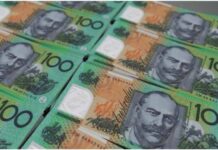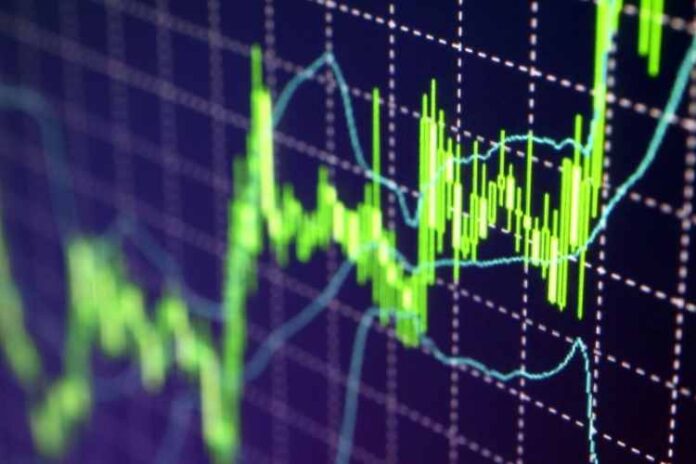The foreign exchange spread, also known as the bid-ask spread, is the difference between the bid and ask rates for a specific currency pair.
The bid value is the highest amount a foreign currency trader prepares to spend and purchase a particular currency. At the same time, the ask price is the lowest amount, which a currency dealer is ready to accept for the currency.
How are Foreign Currency Spreads Quoted?
Depending on the exchange rate, spreads can be wider or narrower. Usually, the spread between the two values is one to five pips. However, the spread value can vary at any time depending on the market conditions. Traders can download MT4 and other trading platforms to monitor the value of the forex spread.
Investors should keep an eye on a broker’s spread because any speculative trade must encompass and earn enough to cover the currency spread and fees. In addition, each broker can increase their spread, increasing their earnings per trade.
When the bid-ask spread is wider, customers will pay more when purchasing and obtain less when selling. In other words, each forex broker may charge a subtly different spread, increasing the cost of foreign exchange transactions.
How to Calculate Foreign Exchange Spread?
To calculate the spread in foreign exchange, you must first calculate the difference in pips between the buy and sell prices. This is accomplished by subtracting the bid price from the offer price.
Spreads can be wide or tight – the wider the spread, the more pips obtained from the above calculation. Traders often favour tighter spreads because they make the trade more accessible.
Why Does the Forex Spread Fluctuate?
When the gap between the buy and sell prices of a currency pair varies, the spread in forex changes; this is known as a variable spread, which is the inverse of a fixed spread. A variable spread is always present when trading forex.
Factors Impacting Foreign Exchange Spread
Numerous factors can influence the magnitude of forex spreads on specific trading floors; download MT4 to explore.
As an example:
1. Transaction volumes
Higher trading volumes generally indicate a more liquid market with lower forex or bid-ask spread. The difference in currency valuations between dealers and buyers lowers as the currency spread narrows. As a result, a dealer can find a buyer easily with an equivalent bid price to his ask price and complete a trade.
Similarly, a buyer can find a dealer open to accepting his offer and buy the currency for a specific price more quickly.
Higher forex spreads usually indicate lower trading volumes because buyers and sellers have more difficulty discovering a willing trade partner.
2. Political/Economic Risks
Currency risk is typically associated with countries with volatile political environments or unstable economies. Such economies generally have relatively high inflation rates and a lack of monetary policy discipline resulting in increased forex spread.
As dealers deem the currency a massive investment with high risks, they will only sell it at a premium. Purchasers seek a lower price to accommodate for the increased risk.
As a result, the bid-ask or forex spread will widen, and, as previously stated, trade volumes will fall.
3. Currency Fluctuation
If a currency is not backed by a disciplined financial regulation and a stable central bank, it is more vulnerable to value fluctuations. As a result, brokers will raise ask prices, which will increase the bid-ask spread.
The Bottom Line
Brokers who do not charge commissions make their money through the spread. This spread is the cost of providing instant transaction processing. As a result, transaction cost and forex or bid-ask spread are frequently used interchangeably. In lieu of charging a segregated fee for each trade, the cost is incorporated into the buy and sell prices of the currency pair you wish to trade.


























